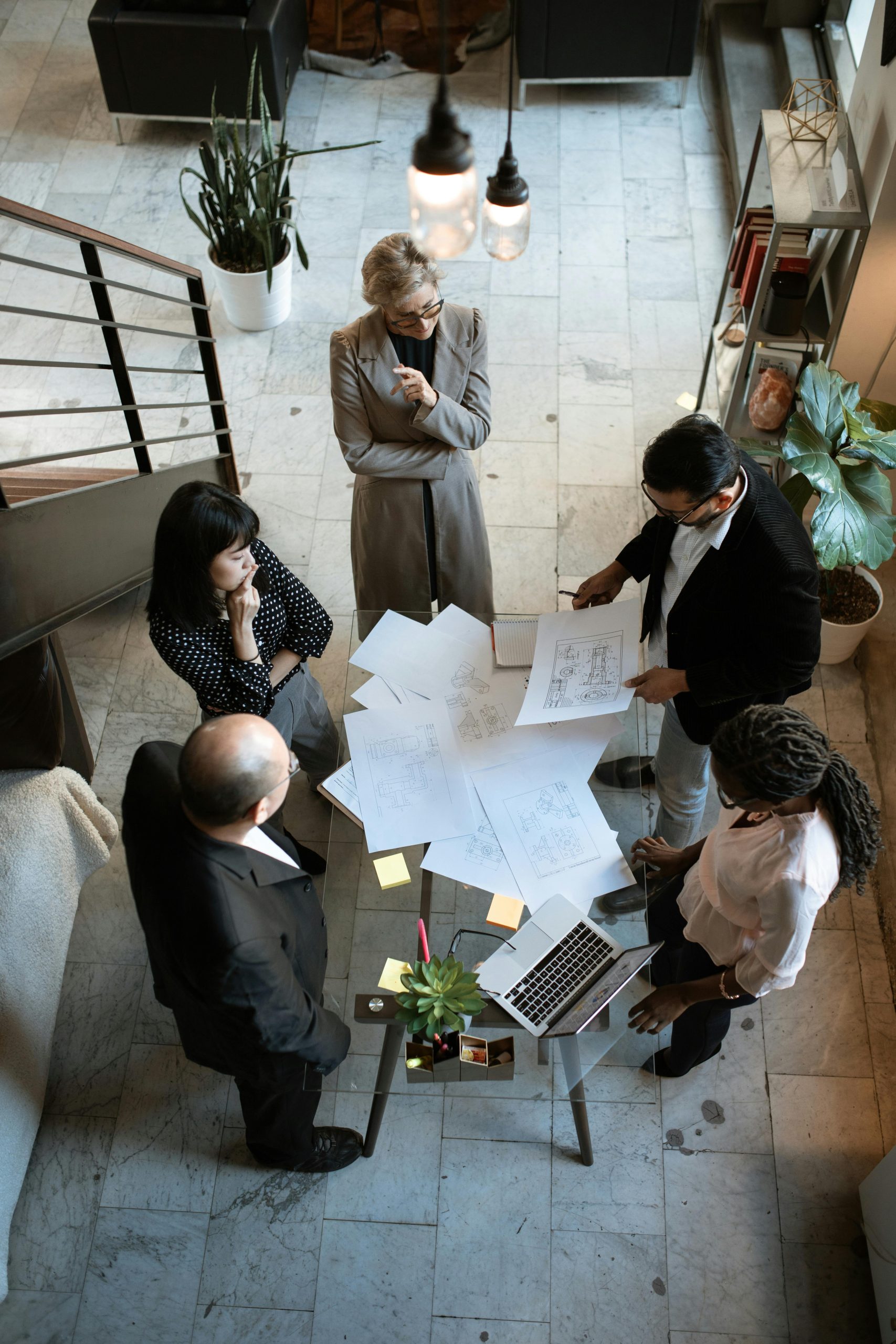Decoding VirusTotal Results: A Deeper Insight into Malware Detection
In the world of cybersecurity, VirusTotal is often the first line of defense when it comes to assessing the safety of files and URLs. However, assessing the results can be misleading if not interpreted correctly. One misconception that many users have is that a detection from just a few antivirus solutions means it’s likely a false positive. This misunderstanding can lead to significant security risks.
A Note on Experience
It’s worth mentioning that I was guilty of interpreting VirusTotal results this way in the past, so I do not wish to criticize anyone else for doing the same. The journey of understanding these results is one that many embark upon.
To enhance your understanding of VirusTotal’s tools and functionalities, I highly recommend this insightful video from MalwareAnalysisForHedgehogs: Watch Here.
Key Elements of VirusTotal Analysis
Detection Mechanisms
- Re-analysis: Always check if the file has been analyzed recently. Detections can change over time, and VirusTotal offers information on the scanning history of your file.
- Malware Identification: Pay attention to the names of detected malware. Identifications like “not-a-virus” indicate that while the file might not be outrightly malicious, it could still be potentially harmful if misused. Note that not all vendors classify files in the same way.
File and Behavior Insights
- File Authenticity: Verify that the file type corresponds with what it claims to be.
- Submission Date: Examine the first submission date. If the file predates the software it’s connected to, it may indicate that the malware is recycled from previous threats.
- Naming Patterns: If the file is referenced by a name unrelated to its function, it’s possible that it’s malware disguised with a harmless label. However, filenames like
update.exeor random strings can often be overlooked.
Analyzing Behavior
- Dropped Files: Investigate what files are created, modified, or deleted and determine if they behave unusually.
- Registry Changes: Consider whether the software in question should be making extensive modifications—such as disabling security features.
- System Calls: Look for specific calls that suggest evasive tactics, such as using
GetTickCountto detect virtual machines, which gives malicious software a method to avoid revealing itself
Share this content:



